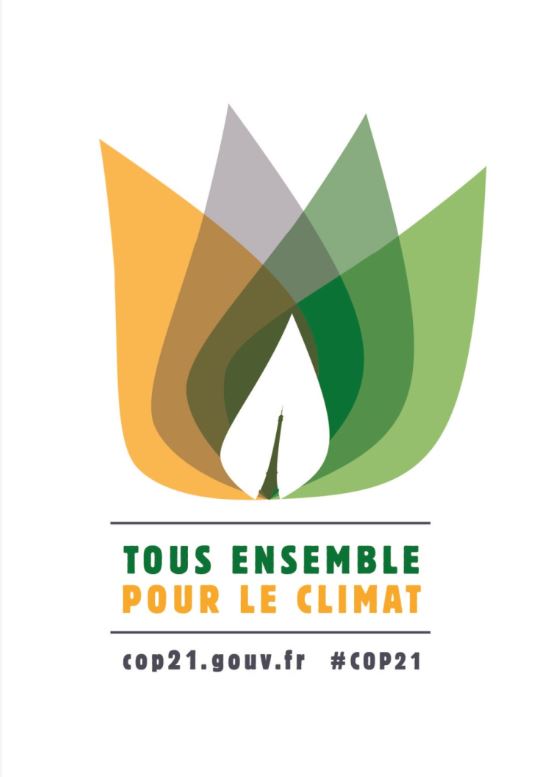Written by Clare Ferguson
![Climate Summit In Paris [What Think Tanks Are Thinking]](http://thinktank.test/app/uploads/2015/11/cop21-7.jpg?w=208)
Two hundred countries’ representatives will meet in Paris from 30 November to 11 December 2015 to negotiate climate change commitments aiming to bring the world closer to a maximum 2°C rise in global temperatures. Divergent views abound on the priorities, and the bottom lines, of what should – and what can – be achieved. While experts differ on the likely outcomes, it remains to be seen whether the Conference will reach the level of agreement which escaped the grasp of the Copenhagen conference six years ago.
The road to Paris is paved not only with good intentions, but also with a few hefty doses of Realpolitik. Geopolitical realities mean that climate-related issues come up in practically all areas of policy, from energy to economics, from culture to citizens’ rights. Population stresses on water resources are a good example of the tensions resulting from environmental strain. Indeed, the UN integrated environmental concerns in the 2030 Agenda‘s 17 Sustainable Development Goals, and countries which developed economically in the past at the expense of the environment today are expected to support those less developed, by allowing greater emissions margins and financing assistance for economic adaptation. Yet, issues remain regarding which countries are considered as ‘developed’ and ‘developing’, leading to some significant imbalances.
Major world economies are dependent on fossil fuels, with their attendant levels of greenhouse gas emissions, and the major players, the USA, Russia, China and the EU, come to the COP21 table with greatly differing points of view.
The Russian attitude to climate change and the country’s tendency to use the issue as a negotiating tool in geopolitical positioning mean that expectations of Russia are low, yet the country is an important player in climate change and energy policies. Russian emissions are high, coming mostly from energy production, and are increasing, despite post-Soviet economic decline. It is unlikely that Russia will participate in the conference in the same spirit as other countries, despite its reliance on fossil fuels. Russia has proposed a particularly unambitious ‘Intended Nationally Determined Contribution’ (INDC) target of 70-75% of its 1990 level of emissions by 2030 – a level in fact above today’s.
China, the world’s largest emitter of greenhouse gases, is likewise little inclined to sacrifice its economic growth in favour of commitments to emissions reduction. The country has so far failed to make unequivocal pledges and in any case will not contribute sufficiently to the, now considered unrealistic, 2°C goal. China’s INDC target commitment is 60-65% of 2005 level emissions by 2030.
Pacific Islands Forum partners Australia and New Zealand are both high-volume consumers of fossil fuels, and high emitters. Australia is the world’s largest producer of coal. Yet, the consequences of global warming in the region cannot be ignored, as for the Pacific Islands, COP21 is no talking shop but an actual matter of life and death. The islands’ populations increasingly suffer the immediate effects of climate change: weather-related disasters, rising sea levels and coastal erosion. New Zealand’s INDC target is currently 30% below 2005 levels, and Australia’s at least 26%, by 2030.
Brazil, on the other hand, is something of a developing world star on the climate change front, with high reliance on renewable energy sources and an active policy on deforestation leading to a reduction in CO2 emissions of over 40% between 2005 and 2012. Brazil has committed to reduce emissions by 37% (compared to 2005 levels) by 2025.
The issue of climate change is approached in very different ways in the EU and the USA, with no significant climate change legislation being passed in the States for the past ten years. Despite significant reductions in emissions, the US will be hard-pressed to achieve its 2020 reduction pledge, whereas the EU has already more than achieved its goals for 2020, having reduced its GHG emissions by 23% between 1990 and 2014. The EU and US also differ in their position on the COP21 negotiations; the US preferring more ambitious yet voluntary contributions, while the EU would prefer binding mitigation commitments. The USA intends to reduce its GHG emissions by 26-28% below its 2005 level by 2025.
And what about the EU stance on climate change? EU institutions agree on the core principles for a new universal climate agreement: it should be legally binding, transparent, accountable, and flexible, so that targets can be raised as countries work towards emissions reduction. However, the European Parliament favours a more ambitious EU climate policy, criticising the European Commission proposals as ‘short-sighted and unambitious’. Parliament would prefer a higher EU target for 2030 of a minimum of 30% market share for renewables, with improvements in energy efficiency of 40%, and a phasing out of carbon emissions globally by 2050.
Whether or not the outcome of the COP21 Conference on Climate Change is considered a success, the scale of the talks will have had one, undeniably positive, effect. COP21 has put action on climate adaptation, a major source of inequality and pursuant global consequences, back at the top of the international agenda.
Further reading
- Negotiating a new UN climate agreement: Challenges for the Paris climate change conference
- Climate summit in Paris [What Think Tanks are thinking]
- Russia and climate change before COP21
- China and climate change before COP21
- The Pacific Islands Forum’s position on COP21
- EU position for COP21 Climate Change Conference
- COP21 and Agenda 2030: the challenges of complementarity
- Climate policies in the EU and USA: Different approaches, convergent outcomes?
- EU approach to the Paris Climate Conference (old)
- Brazil’s ambitions in climate change policy
- Water in the Israeli-Palestinian Conflict (to be published soon)
- Water disputes in Central Asia: Rising tension threatens regional stability








[…] on the agenda then, and in keeping with the discussions at the COP21 Climate Change conference in Paris, is the Commission’s statement on proposals for a new circular economy package. Circular […]